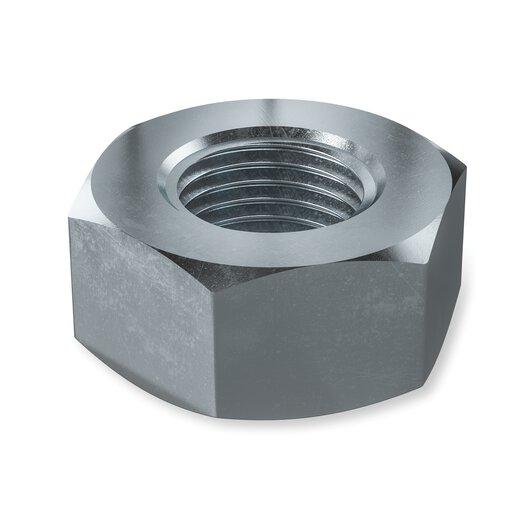Thanks to their long housing, long nuts can be used to connect different components such as threaded rods.
Standards
- B 50400
DIN and standard parts

Screw-nut connections are a detachable joining method. Depending on accessibility or installation technique, the nut can be locked in place as it is screwed on or tightened using a tool. The connection can be released by turning in the opposite direction.
Method and principle
The inner thread of the nut generates a positive and friction-locking connection when it is tightened.
The nuts come in different materials. In addition to steel in many different strengths, these include A2 and A4 stainless steel, plastic and brass.
Our products can be coated with different surface finishes – depending on requirements and application. We will be pleased to give you individual advice on the right coating system.
We offer the following surfaces as standard:
Interested?
In the eShop, you will find the latest information on price and availability, technical data sheets and CAD downloads, as well as our varied range of branded products and standard parts.
Visit eShopInformation and more
Interested in the nuts we offer? Please download further information here.
We are happy to help
Let us know – we will get in touch with you.
Contact us